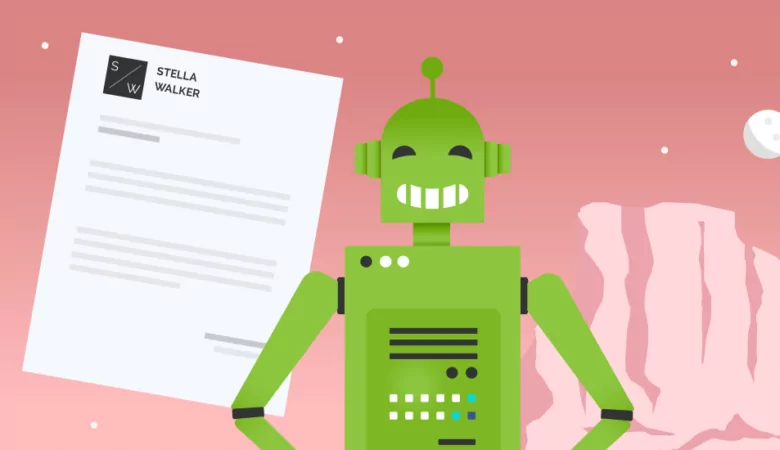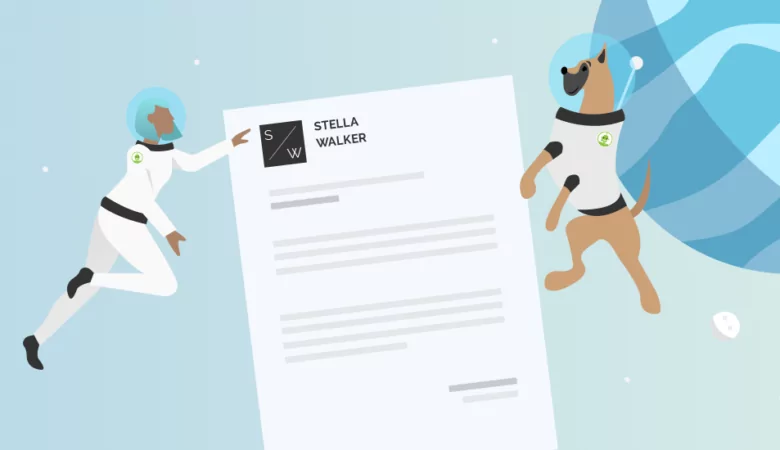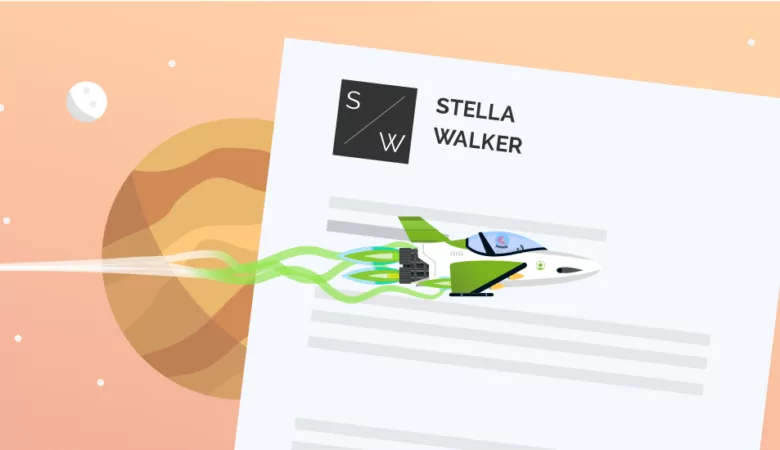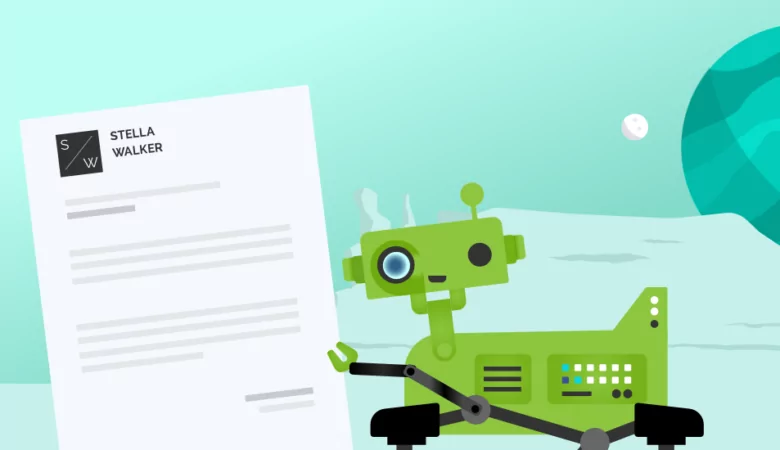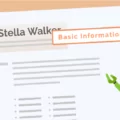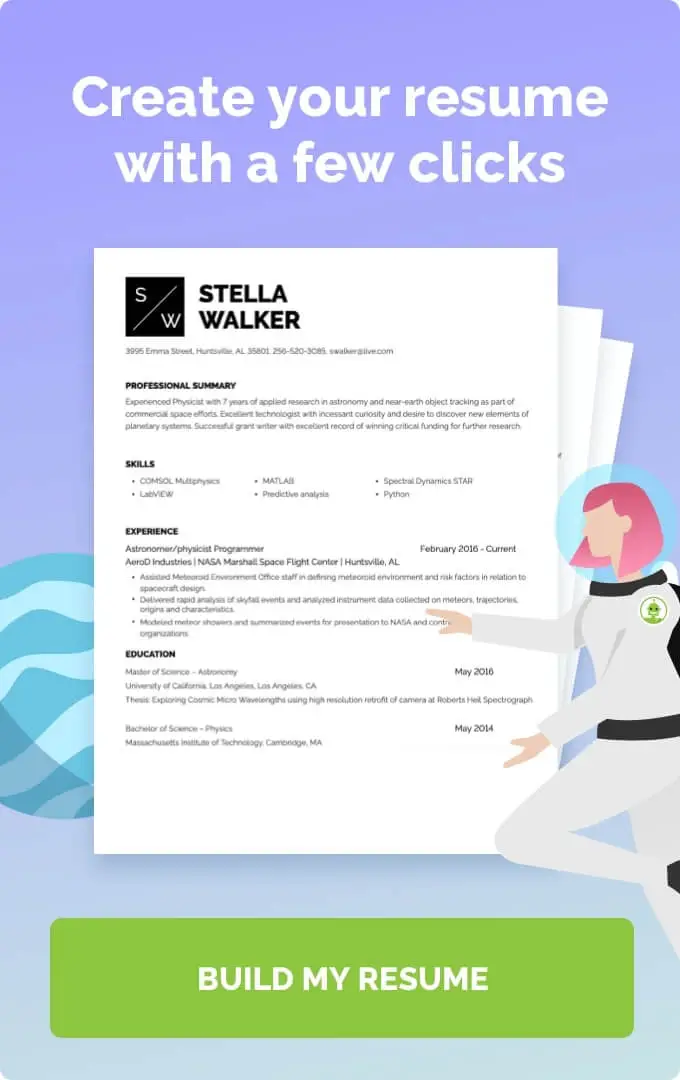Every job seeker knows to include a great resume and cover letter with their job application. What exactly is a motivation letter and why do you need one?
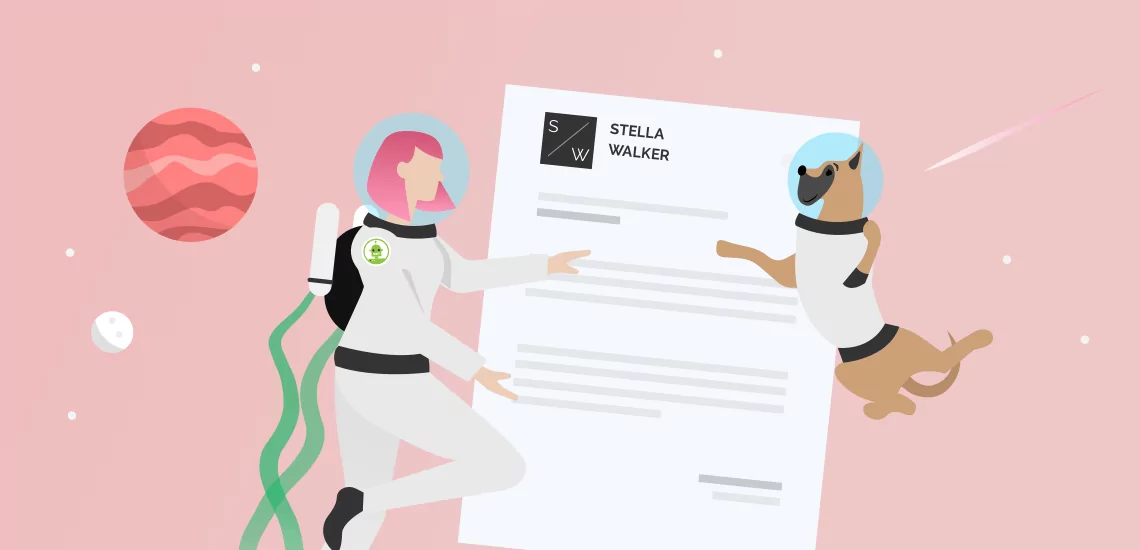
How to Write a Motivation Letter This Year
Motivation Letter
Writing a winning job application can be tough. The perfect candidate needs the right work experience, a good resume, and a cover letter. A letter of motivation is another tool you can add to your job application. It might seem daunting to have to write yet another letter just to get noticed, but writing one might be the difference between being ignored and landing that first job interview. Let’s take a look into how to write a strong motivation letter.

What Is a Motivation Letter?
A motivation letter is a letter that expresses why you are the perfect candidate for a specific position. Instead of solely talking about previous work experience, however, motivation letters often discuss your interests and achievements – in short, the motivations behind your career. A good motivation letter should outline your future goals and future plans, all while emphasizing your know-how and the achievements you’ve earned thus far.
Motivation letters have a wide variety of uses. Many people use them to apply for entry-level jobs or volunteer opportunities. They can also be used to apply to a prestigious education program at a college or university, too. For instance, some master’s degree programs might ask you to include a motivation letter with your application.
Motivation Letter Format
The motivation letter format is very similar to the cover letter’s format. However, there are a few noticeable differences between the two that set them apart.
Header
You will want to include all your contact information at the top of the letter. This includes:
- Your full name
- Your address
- Your phone number
- Your email address
- Your professional social media link, such as LinkedIn profile link (if applicable)
You also need to include the hiring manager’s contact information, such as:
- The hiring manager’s name
- The company name, or university name, and address
- The company’s phone number, or university’s phone number
- The hiring manager’s work email
This shows that you have done your research into the company and personalizes your motivation letter. A hiring manager that sees “Dear Sir/Madam” or “To Whom It May Concern” might skim over the rest of the letter, even if it’s stellar.
First Paragraph: Intro and Hook
The introduction should cut to the chase right away. Recruiters will read through many cover letters and motivation letters, so they will appreciate a candidate who can get to the point. You should briefly mention why your experiences and interests make you the perfect person for a specific position. Then use the body paragraphs to go more into detail.
Body Paragraphs
The body of a motivation letter should talk about how your career background and achievements make you the perfect fit for the position or program. Go over your best points to really make your letter shine. Use a personal story or past experiences to better connect you to the role at hand.
You should also take a close look at the position or program’s requirements and take note of keywords to use in your own letter. This can help the letter get past any applicant tracking systems (ATS) and land in front of the right person to consider you for the role.
Final Paragraph: Call-to-Action
The last paragraph should reiterate your experiences and expertise. You can then close the letter by inviting the recruiter to reach out to you at their convenience.
Motivation Letter Example
Catherine Doe
901 Main Street
Los Angeles, CA 12345
catherine.doe@example.com
(210) 876-5432
John Smith
California Secretary of State Office
345 First Street
Los Angeles, CA 12345
john.smith@examplecompany.com
(210) 123-4567
Dear Mr. Smith,
As an aspiring politician, I am excited to apply to be a first-time poll worker for the upcoming midterm elections. My name is Catherine Doe, and I am currently a political science major at California State University, Los Angeles.
My passion for politics began in elementary school where I first joined a debate club. I loved the thrill of convincing my fellow students to make the right decisions, and to vote for topics that would spark healthy debates. From there, I became more involved in school-related politics and was even elected Class President at my middle school. I improved school life for many students by demanding the school install disability-friendly ramps and include gluten-free options in the cafeteria.
I’m an empathetic person who always tries to hear everyone out. I would be an excellent poll worker due to my willingness to listen to others, my proficiency in both English and Spanish, and a clear desire to help my community.
Thank you for taking the time to review my application and both letters. I’d love to talk more with you about this position and what I could bring to the election team sometime!
Sincerely,
Catherine Doe
FAQs: Motivation Letter
A cover letter focuses more on your relevant skills and professional experience. These letters are used to further elaborate on the experience you listed on your resume. You can learn more about cover letter tips at ResumeNerd.
Motivation letters talk about your interests and achievements, some of which should be relevant to the job description at hand. They’re a bit more flexible in terms of content, too. These letters can reference volunteer opportunities, past life experiences, and other events or achievements that match the position or program you’re applying to.
A successful motivation letter should get the point across in one page, at the most. Just talk about your most relevant past experiences and achievements to ensure that you don’t use up too much space.
ResumeNerd has plenty of examples of motivation letters, cover letters, and resumes for you to use. With dozens of free templates, you can write the perfect motivation letter for your university program or job in just a few minutes!

